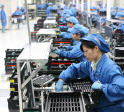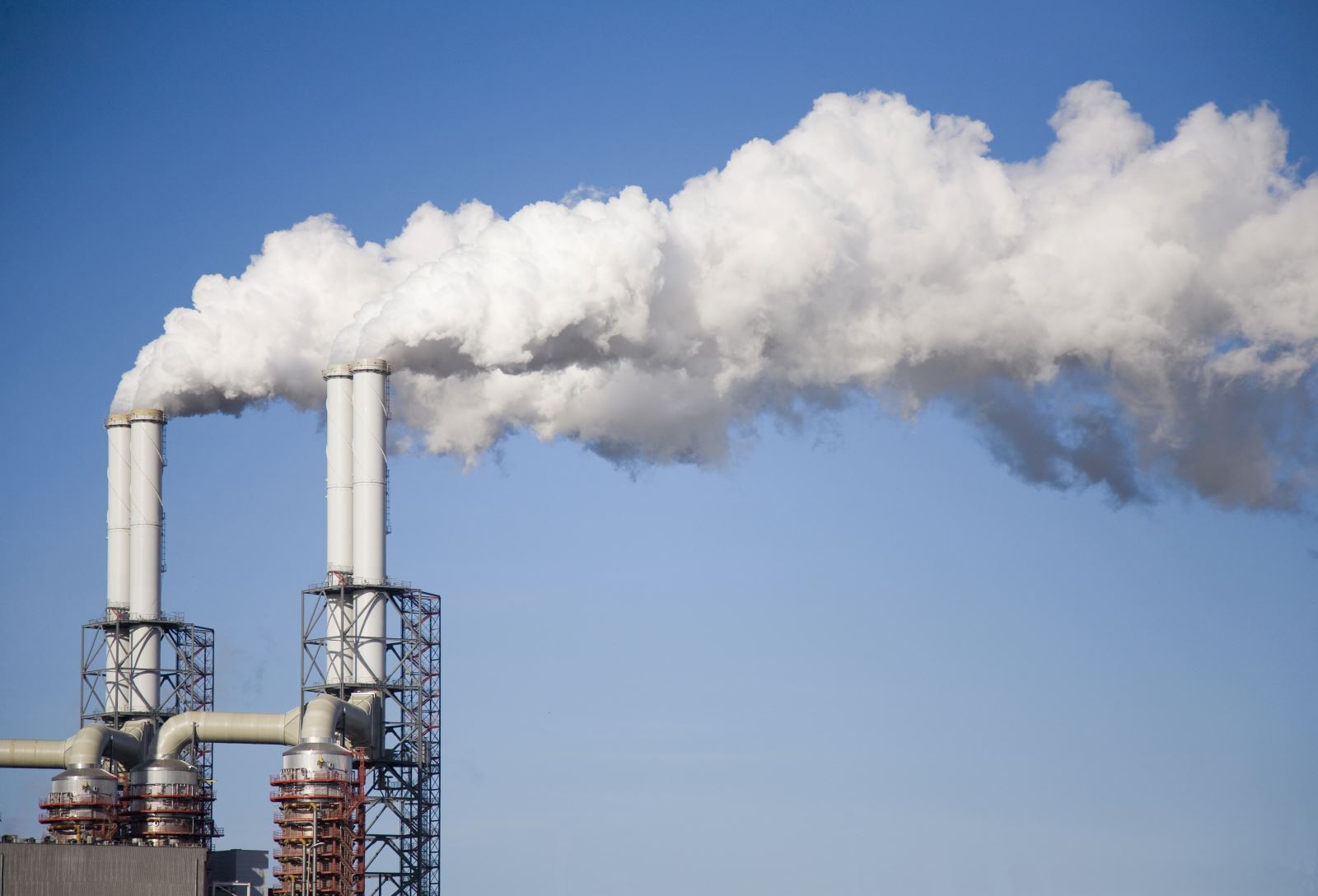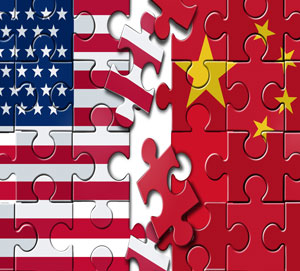Droits de douane : vers une hausse des prix ?
Par Antoine Bouët
 00:05:23
00:05:23Antoine Bouët, directeur du CEPII, analyse les enjeux de la guerre commerciale entre l'Union européenne qui taxe les véhicules électriques chinois, et la Chine, qui, en réponse, décide d'imposer des droits de douane aux cognacs en provenance d'Europe.



.bmp)

.bmp)





